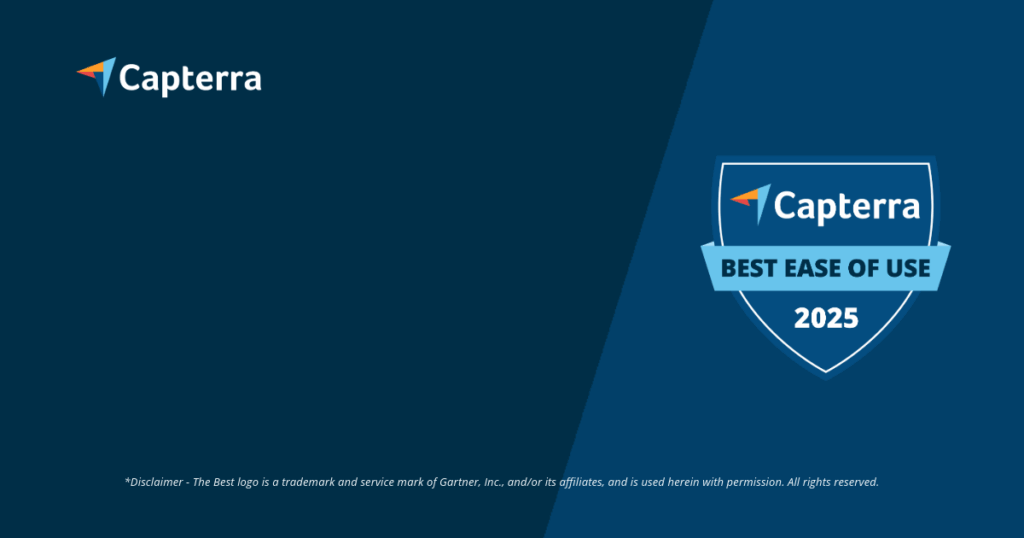Why CAD software increases efficiency in the craft business by 25%
Transitioning from paper to digital planning is more than just modernization – it’s an increase in efficiency. With CAD software, tradespeople reduce the time required for design creation by up to 50%. Instead of spending hours with erasers and pencils, you can implement changes in just a few minutes. This accelerates the quoting phase and enables a quicker response to customer requests.
Precision is another crucial advantage. Digital drawings eliminate inaccuracies and ensure that all measurements are correct from the start. This reduces costly errors in manufacturing and on the construction site by at least 15%. A precise plan means less material waste and less rework.
The visual power of 3D planning convinces customers up to 2 times faster than a 2D sketch. A photorealistic model of a new piece of furniture or a planned renovation helps customers to visualize the final result and builds trust. With better digital construction planning you lay the foundation for a smooth project flow.
The 4 critical criteria for selecting free CAD software
Choosing the right software depends on four central factors. The most important point is the license: Is commercial use allowed? Many “free” programs are only free for personal use. Open-source solutions like FreeCAD or LibreCAD offer legal certainty for your business.
Secondly, the software must fit your tasks. Do you primarily need 2D drawings for floor plans and technical drawings or complex 3D models for furniture construction? A pure 2D software is often easier to learn and requires less than 500 MB of storage space.
Thirdly, pay attention to file compatibility. The hassle-free exchange of DXF and DWG files is essential for collaborating with architects and other trades. A program that can export common formats like STEP or STL for 3D printing offers additional flexibility.
Fourthly, the learning curve is an underestimated factor. An intuitive user interface can reduce the onboarding time from several weeks to under 10 hours. Check if the provider offers clear guides or video tutorials. The right craftsmen software should make your work easier, not more complicated.
Focus on 2D: Create precise plans with these free tools
For many tradespeople, the focus is on precise two-dimensional drawings, such as for electrical plans, floor plans, or manufacturing details. Here, lightweight and focused tools are often the best choice. They also run smoothly on older hardware with only 4 GB of RAM.
LibreCAD is a leading open-source solution for 2D tasks. Here are the main benefits:
- Completely free: Unlimited commercial use without licensing fees or hidden costs.
- Cross-platform: Runs on Windows, macOS, and Linux.
- Standard formats: Works natively with the DXF format, ensuring high compatibility.
- Low resource demands: Requires minimal system performance and installs in under 5 minutes.
QCAD is another excellent alternative, often praised for its even more intuitive user interface. Both programs are ideal, free alternatives to expensive software like AutoCAD LT and perfect for anyone looking for a straightforward solution for standardized 2D plans. These tools are a great entry point into the world of digital tools for craftsmen.
Jump into the third dimension: Comparing free 3D CAD programs
When it comes to visualizing components, furniture, or entire rooms, 3D CAD software is indispensable. It allows for a realistic representation that convinces customers and uncovers planning errors early. Here are two outstanding free options for craftsmen.
FreeCAD is the champion among free, parametric 3D programs. Its strengths are:
- Parametric modeling: Changes to a dimension automatically adjust the entire model – ideal for precise constructions.
- Modular structure: Specialized workspaces for architecture, mechanical engineering, and even CNC manufacturing (CAM).
- Unlimited commercial use: As open-source software, there are no license costs.
- High compatibility: Supports industry standards like STEP, IGES, and STL.
M4 PERSONAL follows a different, very interesting approach for craftsmen. The software itself is free, even for commercial use. Costs only arise when you want to export a result – that is, a finished drawing – for commercial use. This “pay-per-result” model, with costs often under 30 euros per drawing, massively lowers the entry barrier. Thus, the software for construction planning becomes accessible for every business.
The limits of the free: What freeware cannot achieve
Free CAD software is an excellent entry point, but it has limitations for professional use in the craft sector. One significant disadvantage is the absence of support. When problems arise, you rely on community forums, and there is no guaranteed response time of 24 hours.
Many freemium offerings, such as those from SketchUp or Fusion 360, strictly limit free use to personal, non-commercial projects. A craft business quickly operates in a legal gray area here. Additionally, functions like DWG export or the use of more than 10 active documents are often locked.
The range of functions is also a topic. Professional, paid solutions often offer integrated manufacturer catalogs with over 10,000 components or direct connections to CNC machines, which can speed up the workflow by up to 40%. Creating a digital measurement is often cumbersome with free software. A specialized app for measurements can save valuable time here.
After planning: How to digitally bridge the gap to the construction site
A perfect digital plan is only half the battle. The real challenge begins during implementation on the construction site. Here, the advantages of precise CAD planning often get lost in the communication chaos of WhatsApp groups. Information is lost, and documentation is incomplete and not legally secure.
This is precisely where modern communication platforms come in. They take the precise specifications from your CAD planning and ensure that they are implemented. Instead of unstructured chats, all communication is project-related and automatically recorded in a construction diary. This saves up to 60 minutes of manual documentation work daily.
Imagine each photo, each instruction, and each approval is automatically assigned to the correct construction project and is legally secured in an archive. This not only creates clarity but also the necessary evidentiary security in cases of defects or additional claims. The digital chain from the construction planning app to the final acceptance is thus closed.
Conclusion: Your digital toolbox for more efficiency and legal security
Getting started with digital planning using free 2D and 3D CAD software for craftsmen is a crucial step towards enhancing your competitiveness. Tools like FreeCAD provide you with the opportunity to plan more precisely, reduce errors, and impress customers with professional 3D models without any licensing costs. The “pay-per-result” model of M4 PERSONAL also offers a fair, risk-free option for commercial use.
However, digitalization does not end with the plan. The real efficiency gain arises when you continue the digital thread and also professionalize communication and construction documentation. Clean planning combined with seamless, legally secure documentation is the key to executing projects more profitably and with less stress.
Valoon precisely fills this gap between office and construction site. While CAD optimizes your planning, Valoon ensures simple and legally secure communication and documentation via WhatsApp, without your employees needing to learn a new app. Experience how easy the next step can be. Book your free demo now.
More Links
Wikipedia provides a comprehensive overview of CAD (Computer-Aided Design).
Wikipedia lists numerous CAD programs.
Wikipedia features a category of free CAD software.
Das Federal Statistical Office (Destatis) informs about the current structure of the craft sector in Germany.
Der Central Association of the German Craft (ZDH) highlights the ongoing digital transformation in the craft sector.
Statista offers a thematic page on digitalization in crafts with relevant statistics.
Das Bavarian Research Institute for Digital Transformation (bidt) presents a topic monitor on the digitalization of crafts in Germany.
Die Chamber of Crafts Erfurt provides a final report on the impacts of digitalization on the craft sector.
Das Institute of the German Economy (IW) analyzes how Germany can learn from other countries in terms of digitalization.
FAQ
Which free CAD software is best for my carpentry?
For carpenters designing precise, parametric 3D models for furniture, FreeCAD is an excellent, completely free choice. If you primarily create 2D manufacturing drawings, LibreCAD is a lean and efficient solution. Both are commercially usable.
Do I have to pay for the commercial use of M4 PERSONAL?
The use of the M4 PERSONAL software itself is free. Costs only arise when you want to unlock a created drawing for commercial purposes, such as for sharing with a customer or for manufacturing. This “pay-per-result” principle is ideal for craft businesses.
What file formats should good CAD software for craftsmen support?
Good CAD software should definitely support DXF and DWG for exchanging 2D plans with architects and other trades. For 3D models, neutral formats like STEP and IGES are important. If you use a 3D printer, exporting as an STL file is essential.
Is free CAD software sufficient for the complete digitization of my business?
No, CAD software is only the first step and covers the area of planning. For comprehensive digitization, you additionally need solutions for order processing, construction site communication, and legally secure documentation, like those offered by Valoon.
My team is not very tech-savvy. Are there simple solutions available?
Yes. In CAD software, there are programs with steep (FreeCAD) and flat (Tinkercad) learning curves. For subsequent construction site communication, Valoon addresses this issue by relying on the familiar WhatsApp. Your employees do not have to learn a new, complex app, greatly increasing acceptance.
What is the advantage of 3D models over 2D drawings?
A 3D model offers a realistic, photo-like visualization that makes it easier for customers to envision the final product. This can accelerate decision-making and approval processes by up to 50% and avoid misunderstandings from the start.








